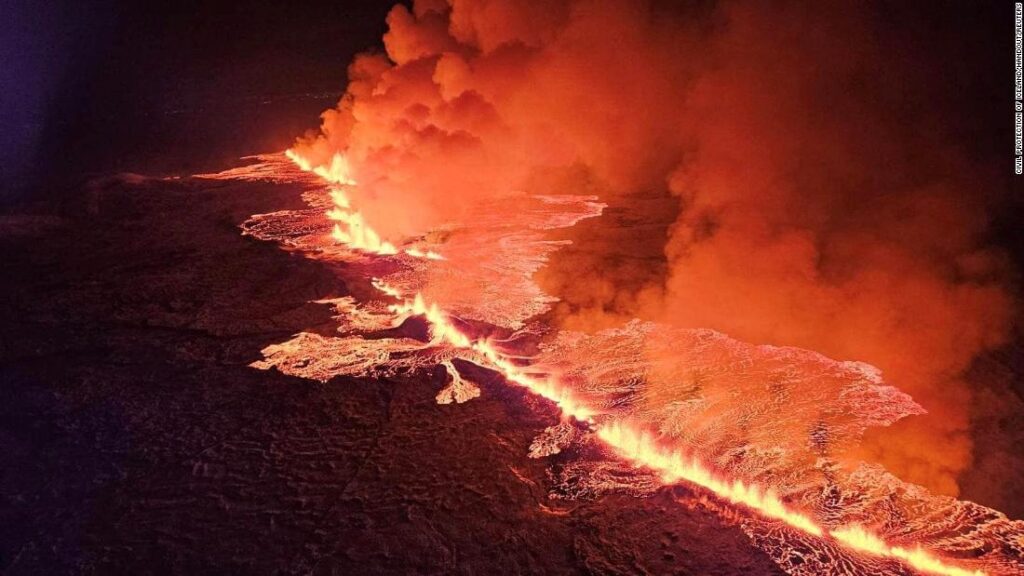Iceland is accustomed to volcanic eruptions, but this one in its southwest peninsula is unlike the others the country has seen in recent years.
Many of Iceland’s eruptions occur in the wilderness, away from populated areas.
With the magma tunnel of this volcano near the coastal town of Grindavík, Iceland is facing events that it has “not experienced before, at least not since the eruption in Vestmannaeyjar,” the country’s Civil Protection Agency said last week, referencing a 1973 eruption that began without warning and destroyed 400 homes.
The eruption of the Eyjafjallajökull volcano in 2010 also had an impact on Iceland’s residents, but primarily due to a different factor: glacial ice that melted and made the eruption more explosive, leading to a huge ash cloud.
About 100,000 flights were canceled when the ash threatened to stall aircraft engines and cause electrical failure.
More recently, the Bárðarbunga volcanic system situated in the center of the country erupted in 2014, producing lava that covered 84 square kilometers (32 square miles) of highland but did not damage any communities.
The Fagradalsfjall volcanic system erupted in 2021 for the first time in more than 6,000 years. It also didn’t threaten populated areas and even became a tourist attraction as people flocked to witness a volcanic eruption.
Iceland sits on a tectonic plate boundary that continually splits apart, pushing North America and Eurasia away from each other along the line of the Mid-Atlantic Ridge.
A powerful mantle plume — an area that is hotter than the surrounding magma — sits below it, which melts and thins the Earth’s crust. These conditions have made Iceland home to 32 active volcanoes.

